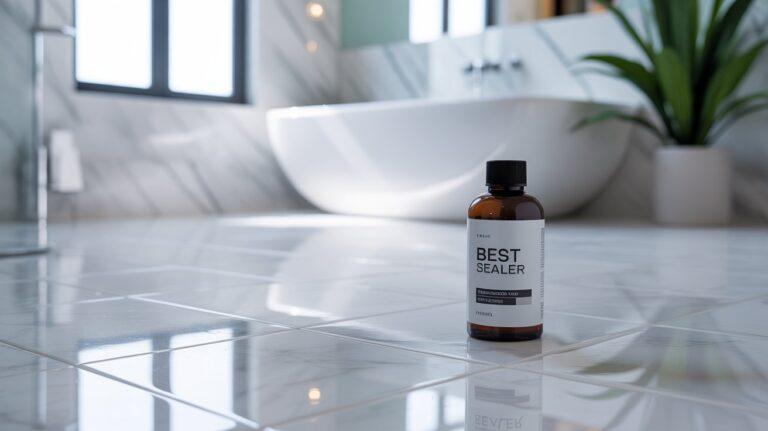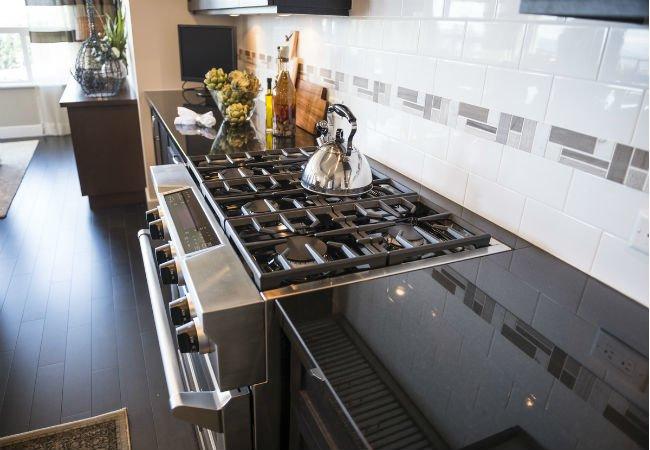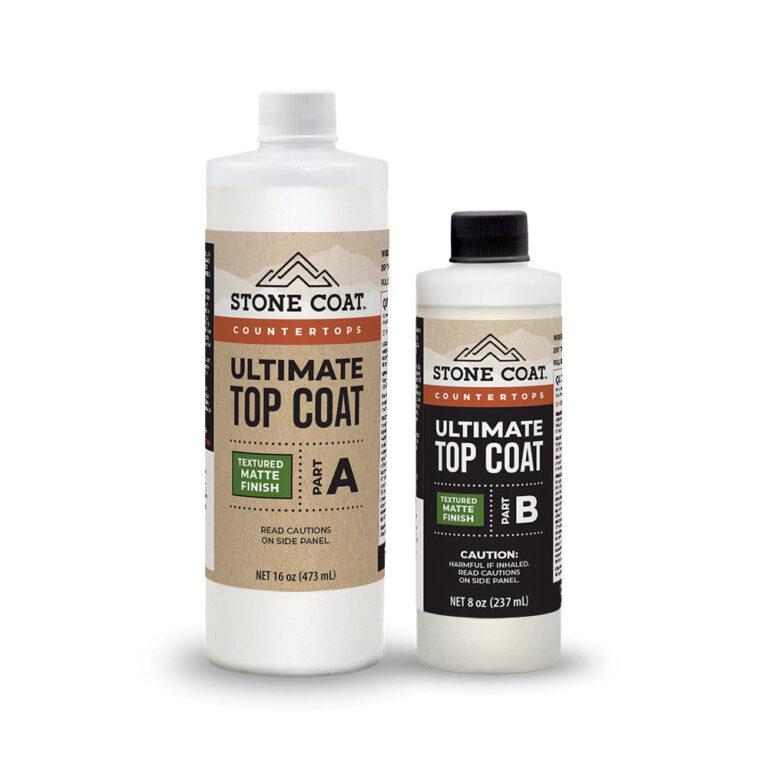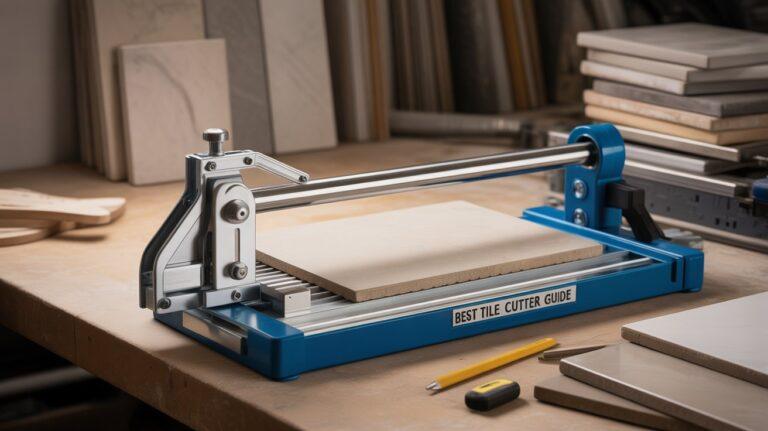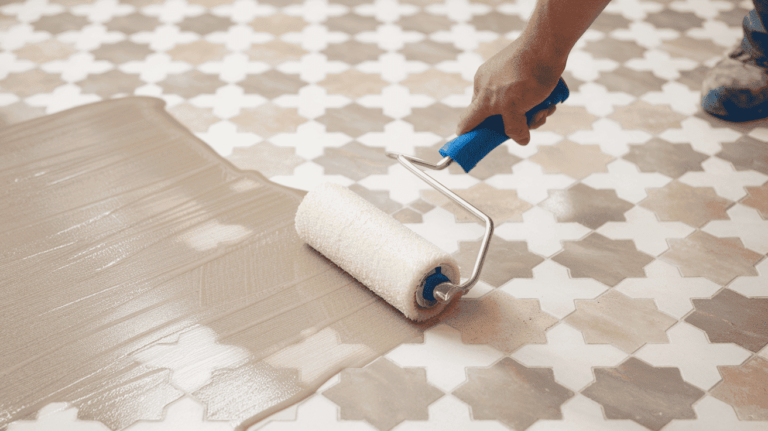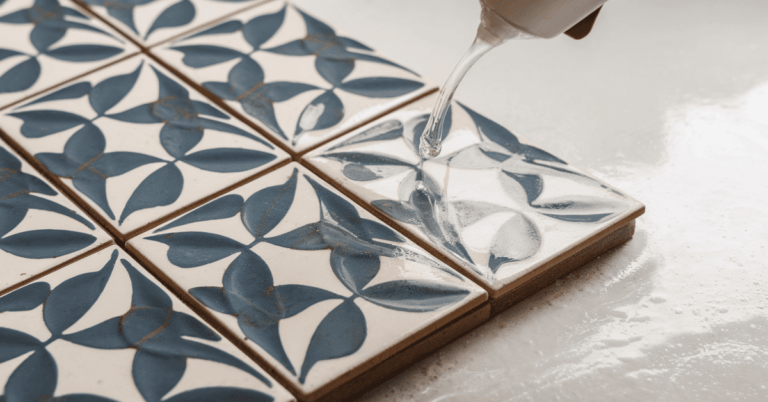How to Sealing Stone Tile Before Grouting: The Ultimate Protection Guide
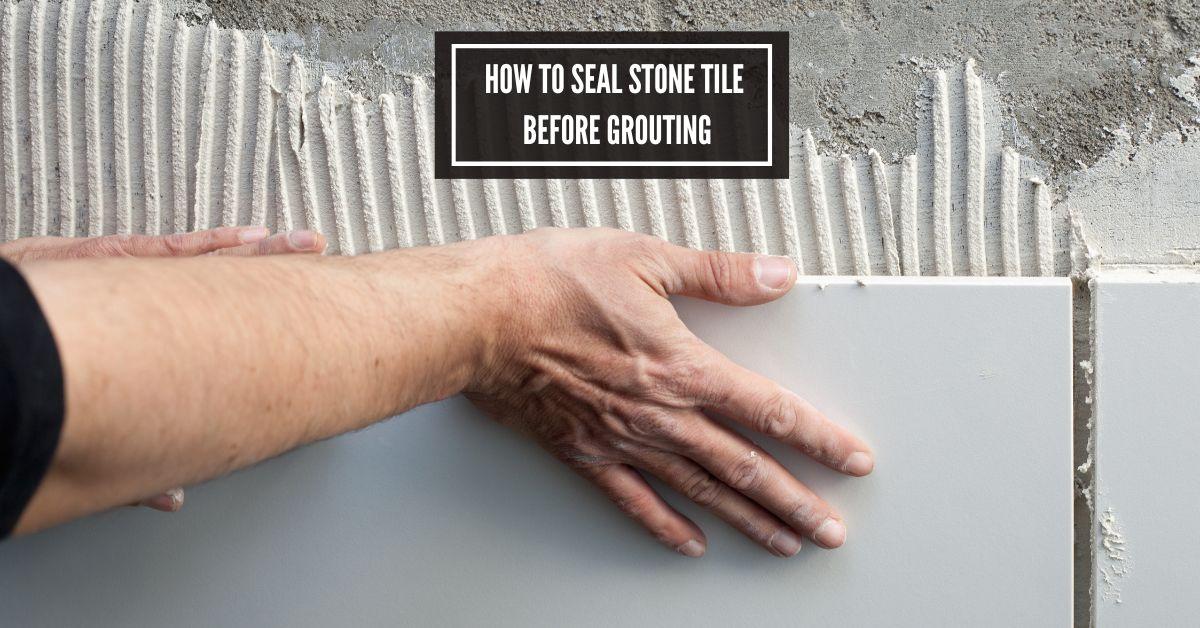
Seal stone tile before grouting to prevent staining and make cleaning easier. Sealing gives added protection to porous surfaces.
Sealing stone tile before grouting is an important step in the tiling process. By applying a sealant, you create a protective barrier that prevents the grout from seeping into the stone and causing discoloration or damage. This simple process not only enhances the appearance of the tile but also prolongs its durability.
Choosing the right sealant for your specific type of stone is crucial to ensure the best results. By taking the time to properly seal your stone tile before grouting, you can enjoy a beautiful, long-lasting finish in your space.
Benefits Of Sealing Stone Tile Before Grouting
Sealing your stone tile before grouting offers essential protection and enhances the overall durability of your tiled surfaces. Let’s explore the key benefits:
Protecting Against Stains
- Sealing stone tile prevents stains from seeping into the porous material.
- Dirt and spills are repelled, making maintenance much easier.
- Prolongs the beauty of your stone tile by safeguarding against discoloration.
Enhancing Longevity
- Increases resistance to wear and tear, enhancing the lifespan of the tile.
- Reduces the risk of cracks or chips, preserving the structural integrity.
- Saves time and money on costly repairs in the long run.
By sealing your stone tile before grouting, you ensure a beautiful, long-lasting finish that is easy to maintain and resistant to damage.
Key takeaway: Sealing stone tile prevents stains and enhances durability, making it easier to maintain and prolonging the life of your surfaces.
Types Of Sealers For Stone Tiles
When sealing stone tiles before grouting, it’s crucial to choose the right sealer based on your specific needs. There are two main types of sealers commonly used for stone tiles: Penetrating Sealers and Enhancing Sealers.
Penetrating Sealers
Penetrating sealers are absorbed into the pores of the stone, creating a protective barrier against moisture and stains without altering the natural look of the tile.
Enhancing Sealers
Enhancing sealers not only provide protection but also enrich the color and texture of the stone, enhancing its natural beauty.
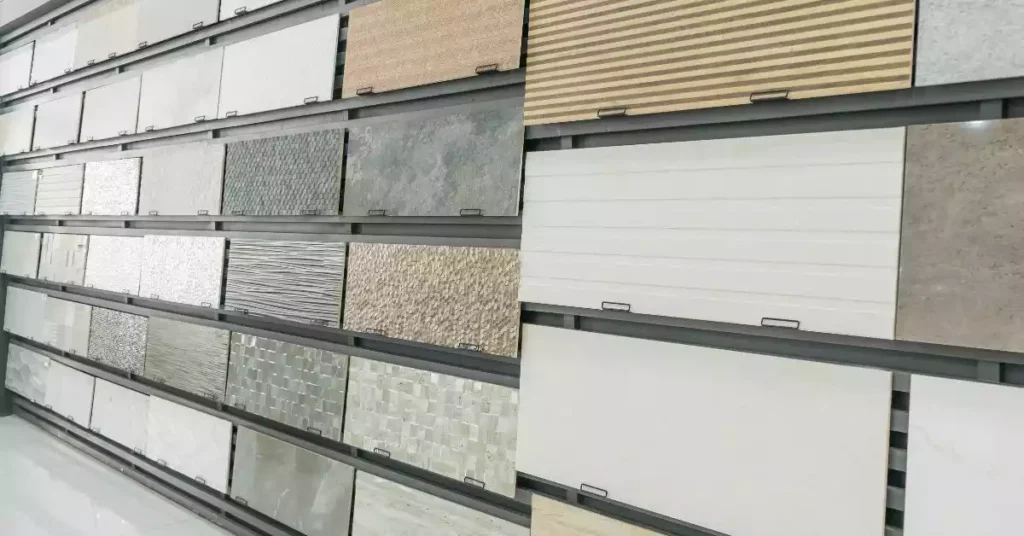
Best Practices For Sealing Stone Tiles
When it comes to installing and grouting stone tiles, one crucial step that should not be overlooked is the sealing of the tiles before grouting. Properly sealed stone tiles can prevent stains, maintain the natural beauty of the stone, and make future maintenance much easier. In this article, we will discuss the best practices for sealing stone tiles, including surface preparation and application techniques.
Surface Preparation
Before sealing your stone tiles, it is essential to ensure that the surface is clean and free from any dirt, grime, or previous sealants. Start by thoroughly cleaning the tiles with a pH-neutral cleaner and allow them to dry completely. Inspect the tiles for any damage or areas that may need repairs, as these should be addressed before applying the sealer.
Application Techniques
When applying the sealer, it is crucial to follow the manufacturer’s instructions carefully. Use a clean, lint-free cloth or a soft-bristle brush to apply an even coat of the sealer onto the stone tiles. Allow the sealer to penetrate the surface for the recommended amount of time, then wipe away any excess with a clean cloth. Depending on the type of sealer used, you may need to apply multiple coats, allowing sufficient drying time between each coat. After the final coat, ensure the tiles are left to cure according to the manufacturer’s instructions before grouting.
Common Mistakes To Avoid
Before grouting, it’s crucial to seal stone tiles to protect them from stains and discoloration. Skipping this step can lead to irreversible damage to the surface, so be sure to apply a quality sealant and allow it to fully dry before proceeding with the grouting process.
This can prevent future issues and ensure the longevity of your beautiful stone tiles.
When it comes to sealing stone tile before grouting, it’s crucial to avoid common mistakes that can lead to unsatisfactory results. Taking the time to do it right the first time can save you from unnecessary headaches down the road. Here are some mistakes to watch out for:
Incomplete Cleaning
One of the most common mistakes people make when sealing stone tile is an incomplete cleaning. Before applying any sealer, it’s essential to thoroughly clean the surface to remove any dirt, grime, or residue. Failure to do so can result in the sealer not adhering properly to the tile and grout, leaving the surface susceptible to stains and discoloration.
To avoid incomplete cleaning, be sure to properly sweep or vacuum the area to remove loose debris. Next, use a stone cleaner specifically designed for your type of stone tile. Apply the cleaner and scrub the surface with a soft brush or mop. Rinse thoroughly and allow the tile to dry completely before proceeding with the sealing process.
Overapplication Of Sealer
Overapplication of sealer is another common mistake that can cause problems. While it may seem like applying more sealer will provide extra protection, the reality is that excess sealer can lead to a hazy or cloudy appearance on the tile surface. It can also prolong the drying time, making it difficult for the sealer to fully penetrate the stone.
To avoid overapplication, carefully follow the manufacturer’s instructions regarding the amount of sealer to use. In most cases, a thin, even coat is sufficient. Apply the sealer using a clean cloth or sponge, making sure to cover the entire surface. Allow the sealer to absorb into the stone for the recommended amount of time, then wipe away any excess with a clean, dry cloth.
Remember, less is more when it comes to sealing stone tile. Applying the sealer in multiple thin coats is often more effective than a single thick coat.
Maintaining Sealed Stone Tiles
To ensure the longevity of sealed stone tiles, it is crucial to apply a sealant before grouting. This protective layer helps prevent stains and maintains the natural beauty of the stone surface over time. Properly sealing the tiles before grouting enhances their durability and makes cleaning easier.
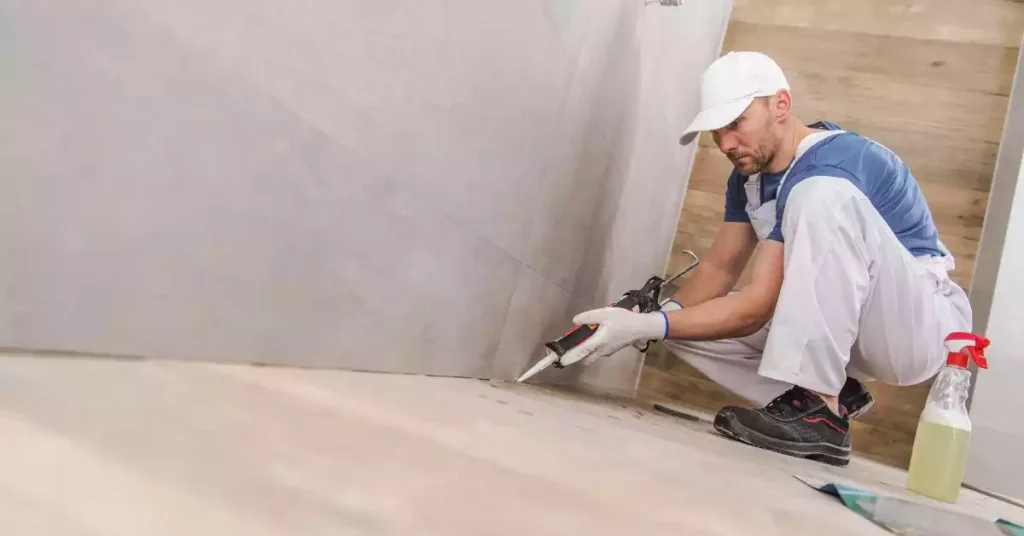
Regular Cleaning
Regular cleaning is essential to keep your sealed stone tiles looking their best. Using a gentle pH-neutral cleaner, wipe down the surface of the tiles regularly to remove any dust, dirt, or spills. Avoid using abrasive cleaners or scrub brushes, as they can damage the sealant and the tiles themselves.
Resealing Schedule
To maintain the longevity of your sealed stone tiles, it’s important to adhere to a resealing schedule. The frequency of resealing depends on the type of stone, its porosity, and the level of wear and tear it’s exposed to. A general rule of thumb is to reseal the tiles every one to three years. However, high-traffic areas may require more frequent resealing. Be sure to follow the manufacturer’s guidelines for the specific sealant used.
Sealed Stone Tile Cleaning Tips
Here are some additional tips to keep your sealed stone tiles in top condition:
1. Avoid Harsh Chemicals: When cleaning the tiles, avoid using harsh chemicals such as bleach or ammonia-based cleaners. These can degrade the sealant and cause discoloration.
2. Protect Against Stains: It’s important to quickly clean up any spills on the tiles to prevent staining. Use a soft cloth or sponge to blot the spill and avoid rubbing, which can spread the liquid and potentially seep into the pores of the stone.
3. Regular Sweeping: Sweeping or dusting the tiles on a regular basis helps remove loose dirt and debris, preventing it from scratching the surface.
4. Doormats and Area Rugs: Place doormats at entrances and area rugs in high-traffic areas to minimize the amount of dirt and debris that comes into contact with the tiles. This helps prolong the cleanliness and longevity of the sealant.
In conclusion, maintaining sealed stone tiles is essential to preserve their beauty and integrity. Regular cleaning and following a resealing schedule are key aspects of proper maintenance. By implementing these practices and following the cleaning tips provided, you can ensure your sealed stone tiles remain stunning for years to come.
Frequently Asked Questions For Sealing Stone tile before Grouting
How Long Should I Wait To Seal Stone Tile Before Grouting?
It is recommended to wait at least 24 to 48 hours after laying the stone tile before applying a sealer. This allows the tile to fully cure and ensures better adhesion of the sealer to the surface, resulting in enhanced protection and longevity.
Why Is It Important To Seal Stone Tile Before Grouting?
Sealing the stone tile before grouting helps to prevent grout from staining or penetrating the surface. It also acts as a barrier against moisture and reduces the risk of mold or mildew growth. Additionally, it enhances the color and natural beauty of the stone, making it easier to clean and maintain in the long run.
What Type Of Sealer Should I Use For Stone Tile?
The type of sealer you should use for stone tile depends on the specific type of stone you have. For porous stones like marble or travertine, a penetrating sealer is recommended. For non-porous stones like granite or slate, a topical sealer can be used.
It’s best to consult with a professional or refer to the manufacturer’s guidelines for the most suitable sealer for your stone tile.
How Often Should I Reseal The Stone Tile?
In general, it is recommended to reseal stone tile every 1 to 3 years, depending on factors like the type of stone, amount of foot traffic, and exposure to moisture. Regular maintenance and cleaning can also help extend the lifespan of the sealer.
However, it’s important to monitor the condition of the sealer and reapply as needed to ensure continued protection and longevity.
Conclusion
Sealing stone tile before grouting is essential for maintaining its quality and longevity. By using the appropriate sealant, you can protect the tile from water damage, stains, and discoloration, effectively prolonging its lifespan. Taking this proactive step will ensure that your stone tile retains its beauty and functionality for years to come.

I am Robert Sandin, a professional sealing expert with a diverse range of expertise. From concrete to various other materials, I possess in-depth knowledge and experience in the art of sealing. On my website, I offer valuable tips and expert recommendations on sealing techniques and products for different materials. Whether it’s concrete, wood, metal, or more, I am committed to providing you with the guidance you need for successful sealing projects.

